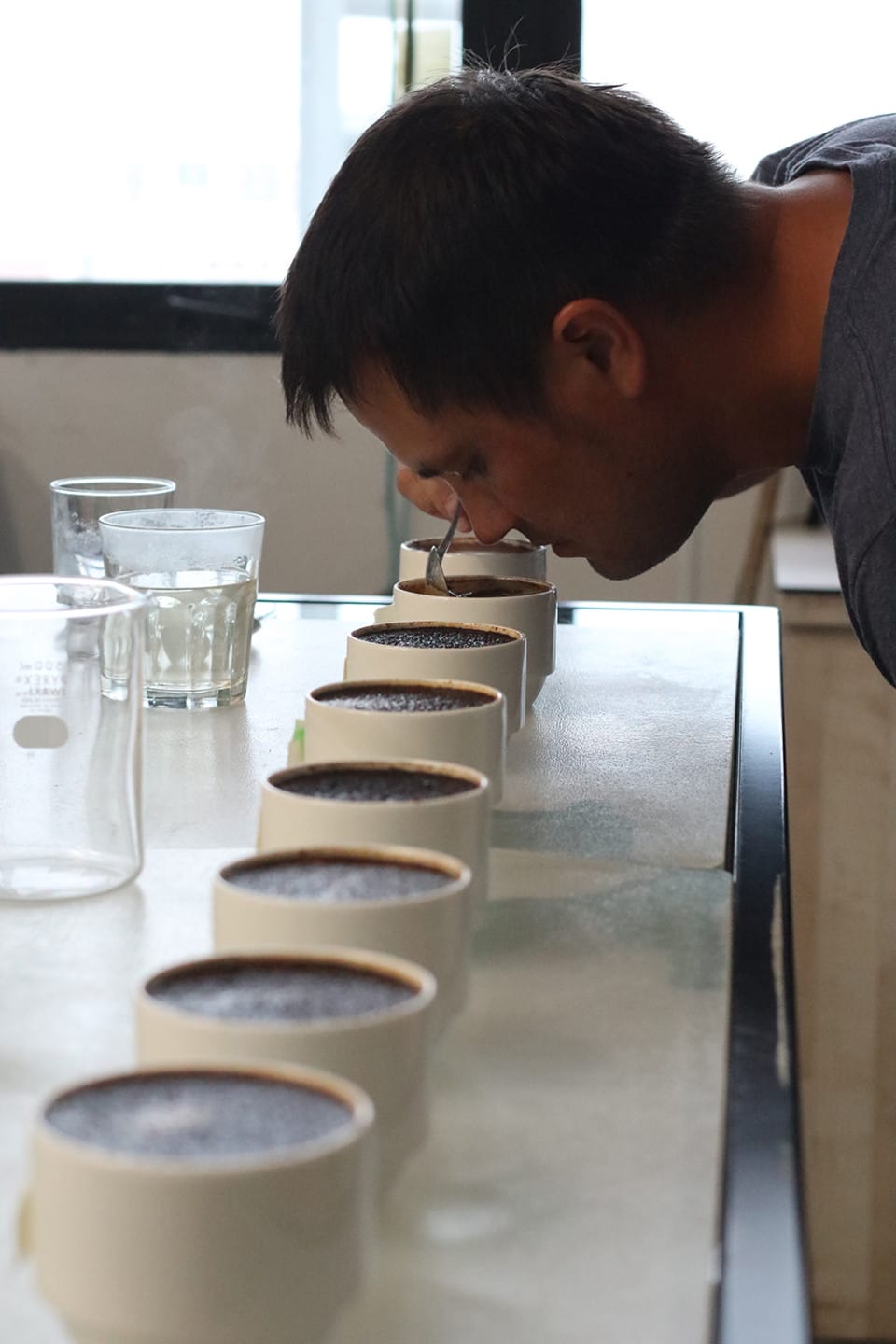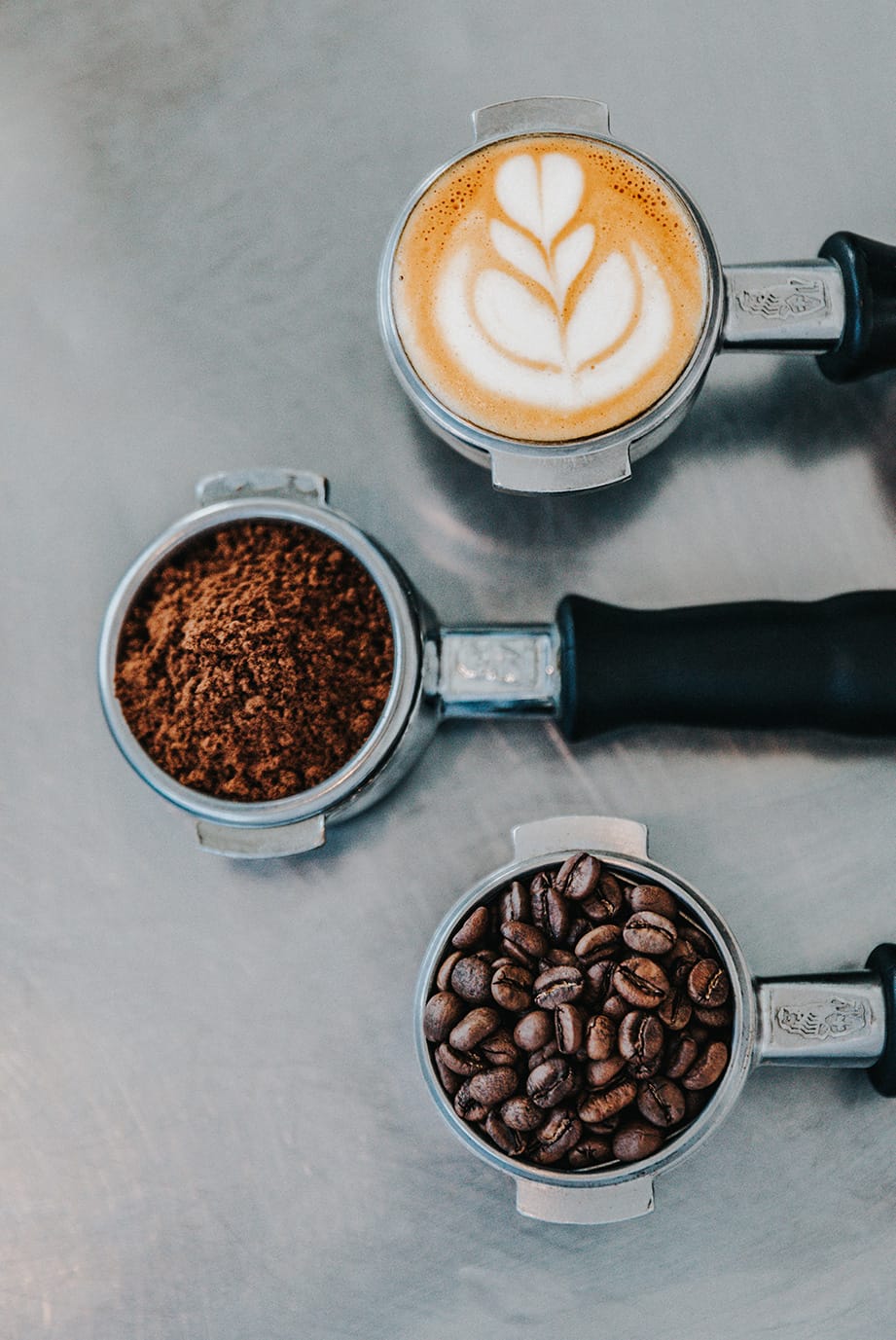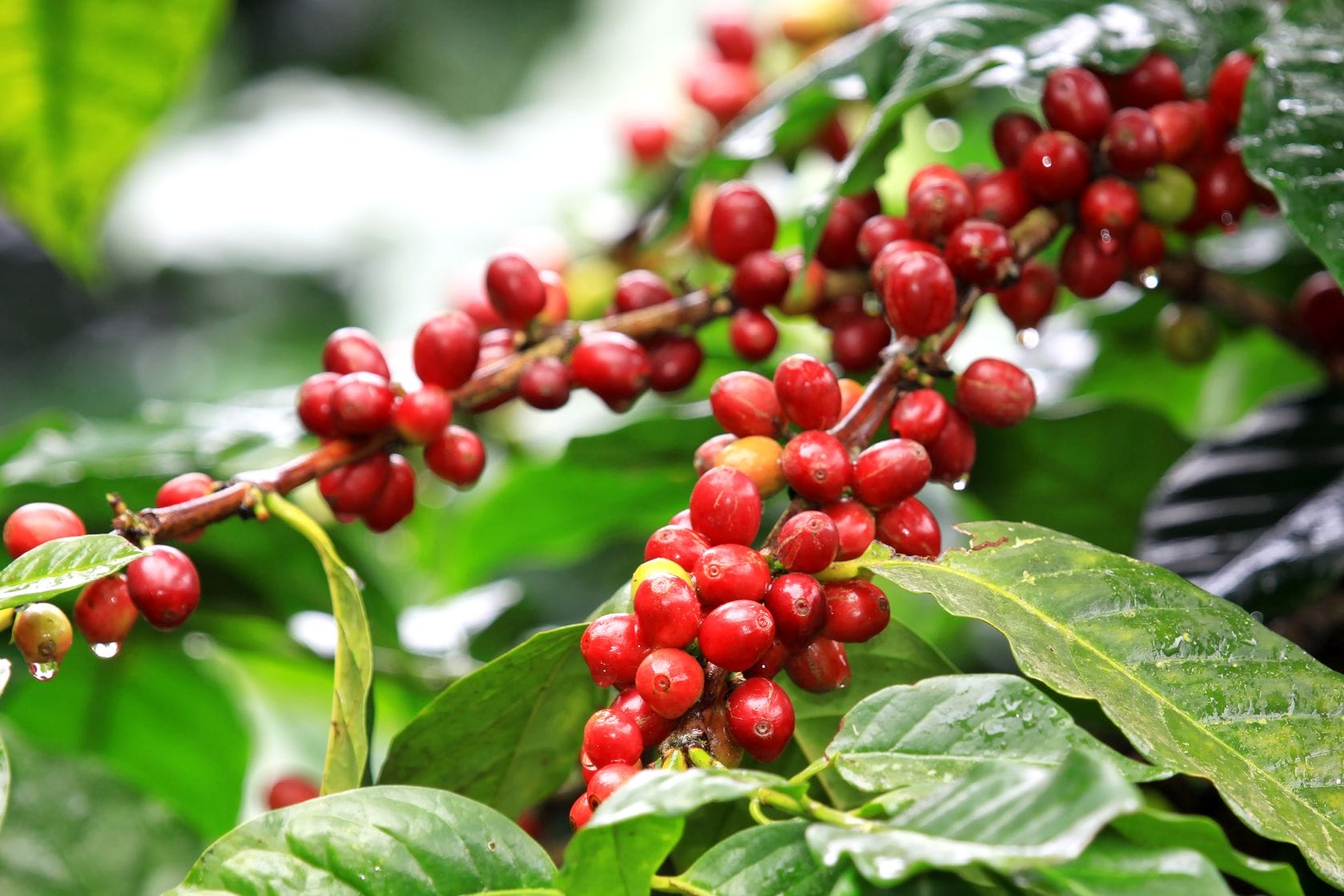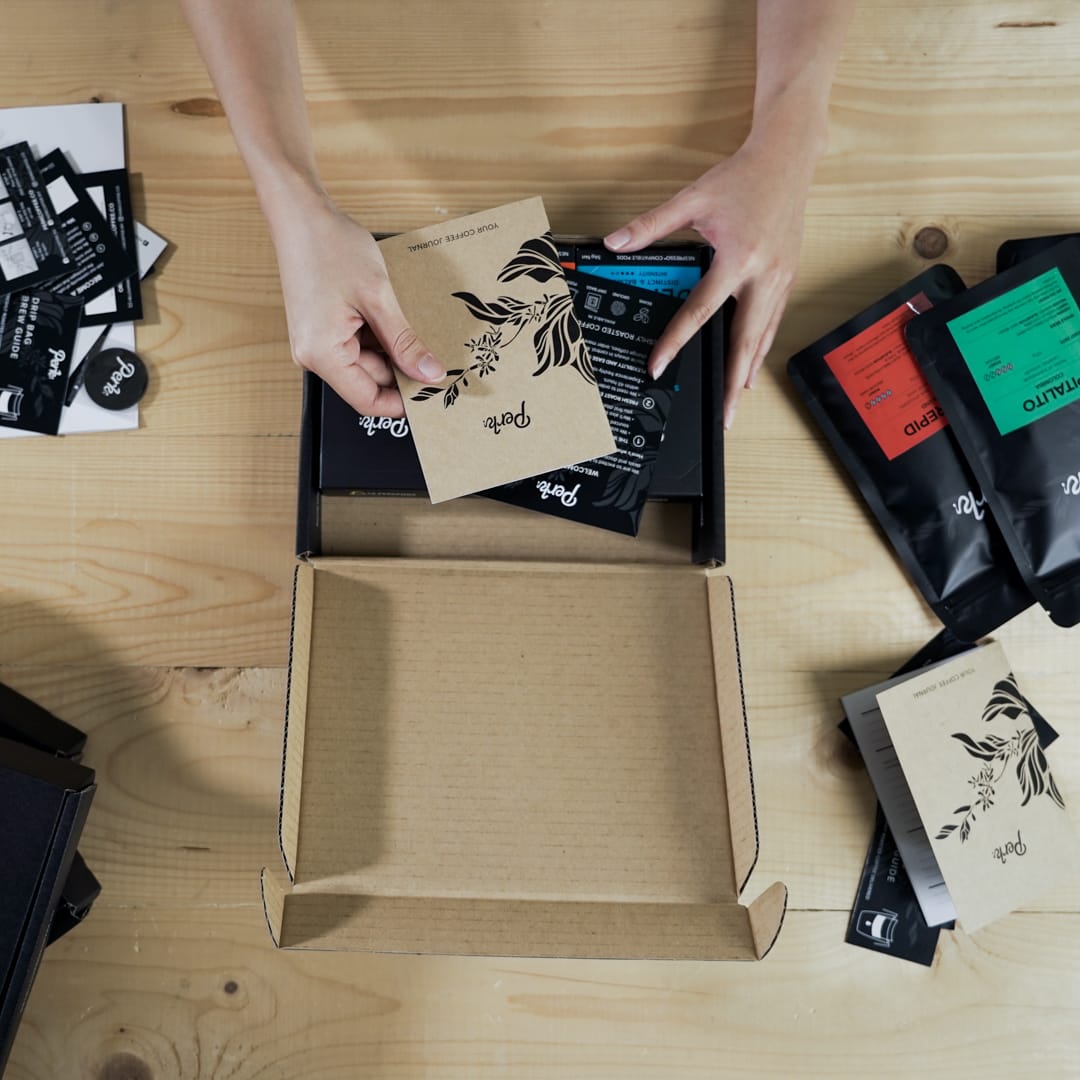 During a trip to Kenya, our founder, Paul, fell in love with specialty coffee and developed an appreciation for its delicious “fruity” coffees and the beautiful highland plantations.
During a trip to Kenya, our founder, Paul, fell in love with specialty coffee and developed an appreciation for its delicious “fruity” coffees and the beautiful highland plantations.
Since then, Perk Coffee was born out of his passion for coffee and travel.
But what exactly is specialty coffee?
Specialty Coffee
To put in simply, specialty coffee is the “best of the best”, grown at the perfect altitude, in the best soil and picked at the right time before it’s sold to premium coffee traders and roasters.
The vast majority of coffee produced worldwide is Arabica (around 75%) and at Perk, we only bring in quality Arabica beans. Only 10% of the coffee beans in the world qualify as specialty coffee. (Hooray, Perk!)
Specialty coffee is a term used to refer to coffee that has scored over 80 points on a 100 point scale by the Specialty Coffee Association (SCA). This grading process is called “cupping”, which is the practice of observing the tastes and aromas of brewed coffee.
 Scoring system
Scoring system
Using categories such as aroma, sweetness and acidity, the SCA will gather comments from a group of knowledgeable and certified Q graders. These graders would then use the Coffee Taster’s Flavour Wheel, which is an industry-standard that provides the most comprehensive set of vocabulary to evaluate the coffee.
Green and unroasted beans with too many defects will automatically be disqualified from the specialty coffee category.
Tasting coffee might seem like a fun and simple process but wait till you look at the long list of protocols and best practices to follow!
The journey from seed to cup
Carlos De La Torre, Founder of Avellaneda Café in Mexico City, agrees, “Quality and good work need to be done at all stages of the chain, all the way from seed to cup!”
Commercial grade coffee often skips steps and quality control that result in lower quality beans. Whereas for specialty coffee, a huge amount of labour and effort goes into the production of each and every bean you brew.
 Step 1: Planting
Step 1: Planting
Coffee beans are actually seeds. It can only be used to brew after they have been dried, roasted and grounded. These seeds are normally planted in large shaded areas and left to grow for a few days before shifting them to individual pots for ideal growing conditions. Planting is also best done during wet seasons to ensure that the soil remains moist throughout.
Step 2: Cherry harvesting
It will take around 3 to 4 years before the newly planted coffee trees are ready to bear fruit. The fruit, called the coffee cherry, turns a bright, deep red when it’s ripe and ready to be harvested. In majority of the countries, the cherries are still picked by the local workers and is a labour-intensive job. Regardless of whether it’s by manual labour or machine, coffee can be harvested in two ways: Strip picking and selective picking. You can find out the difference from our previous blog post.

Step 3: Cherry Processing
Right after harvesting, the cherries are processed at the soonest possible time to prevent spoilage. There are two methods which can be used to process the cherries, namely the dry (or natural) and wet method. Click here to read more about them!
Step 4: Drying the beans
Beans that have been processed via the wet method have to be dried to approximately 11% moisture. They are sun-dried by spreading them on drying tables and floors. These dried beans are also known as parchment coffee.
Step 5: Hulling & Polishing
It’s time for hulling, which is the process of removing the parchment skin from the coffee bean. As the saying goes, “Never judge a book by its cover”. Even the nicest looking beans can conceal their inner defects. Polishing is an optional step that involves getting rid of any excess silver skin that appears during hulling.
Step 6: Export
After grading and sorting by size and weight, the milled beans, now referred to as green coffee, are ready for exportation! It’s one step nearer to reaching your favourite coffee roasters/cafe!
Step 7 & 8: Tasting and roasting
Cupping will take place amongst the certified Q graders before rating the particular coffee. Roasting will then transform the green coffee into the aromatic brown beans that we purchase from online and physical stores.
Step 9: Brewing
It’s now time to brew your favourite coffee!
Surprised by the amount of effort that goes into just one cup of specialty coffee?
Why drink specialty coffee?
Speciality coffee contains deeper and more varied flavours. What’s more, there are far more choices when it comes to buying specialty coffee rather than commercial coffee. You can also select your preference according to where the bean was grown (Ethiopia,Sumatra etc), by roast (Italian, French), by blend, price, or even flavour!
In addition, specialty coffee beans must have no blemishes and defects – which means there are stringent control checks that are put into place. This also creates many jobs and higher wages for the local communities, which is what we strive to support.
With specialty coffee, you will be introduced to a whole new world of flavours and aromas that will change your coffee drinking experience.
At Perk, we only deliver specialty coffee that’s suited for your exquisite taste buds, right to your doorstep. Try it out for yourself now!
References:
https://sca.coffee/research/what-is-specialty-coffee
https://blog.warriorcoffee.com/blog/what-speciality-coffee-actually-means
https://thirdwavecoffee.in/blogs/blog/what-is-speciality-coffee-and-how-is-it-graded
https://blog.bluebottlecoffee.com/posts/what-is-specialty-coffee-part-3
https://blog.bluebottlecoffee.com/posts/what-is-specialty-coffee-part-2
https://blog.bluebottlecoffee.com/posts/what-is-specialty-coffee

